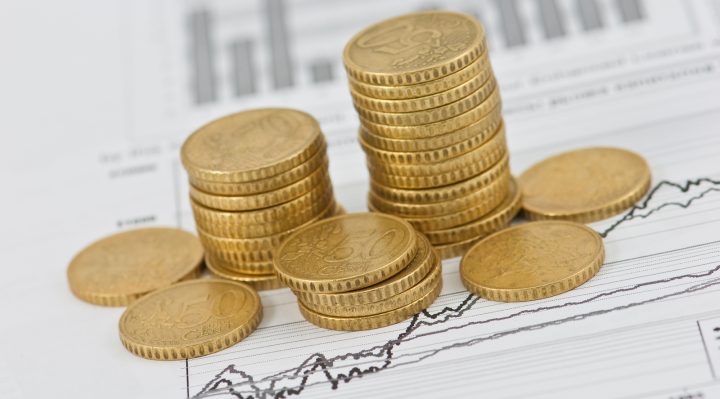Gold prices fell in mid-week trading, falling off four-month highs as the greenback gained strength. The United States dollar remained steady as the Bank of Canada voted to raise interest rates. A stronger U.S. dollar weighs on gold investing, lowering its appeal as an alternative asset.

Gold futures are down 0.07% falling to $1,336.20 a troy ounce in mid-morning trading on Wednesday.
A day prior, gold prices rose to $1,345 a troy ounce to hit its highest level since early September. Silver prices hit three-month highs on Monday, rising to $17.42 before falling 0.43% on Wednesday to trade at $17.115 a troy ounce.
Palladium prices are on the rise, up 0.83% to $1,097.20. The precious metal’s price rose to record highs on Monday of $1,133 a troy ounce. The auto industry’s increased demand was the key behind the metal’s early week rise.
Copper prices for March delivery are down 1.04% to $3.186 a pound.
Platinum prices remain up in mid-week trade, rising 0.40% to $1,008.90 an ounce. The precious metal had its strongest session overnight, rising to $1,012.50 to mark its strongest showing since September 8.
Gold’s losses are expected to remain limited ahead of economic concerns. The potential for a U.S. government shutdown is expected to limit the dollar’s gains going into the end of the week. U.S. President Donald Trump added to fears of a shutdown on Tuesday with comments that dampened sentiment of an immigration and spending deal being met by the end of the week.
House Republicans are working on a short-term funding bill in an effort to avoid a government shutdown on Friday. House speaker Paul Ryan revealed a plan that would keep the government running through February 16. Several members backed the bill, which is seen as a short-term patch.
The bill is up for a possible vote on Thursday. A vote in favor of the bill will help boost the greenback and provide politicians with the time needed to put a long-term budget in place. Republicans expect the bill to pass through the senate.
Global economic recovery is expected to outpace U.S. growth. Major central banks are expected to loosen monetary policies at a faster-than-expected rate. The European Central Bank will start to loosen monetary policies which have been put in place to help boost the euro zone’s economy.
The European Central Bank’s Governing Council member, Ardo Hansson, gave rise to the potential monetary stimulus scale back on Monday. Ardo claims that bond purchases, a major part of the bank’s stimulus plan, could end in September. He cited inflation and economic growth as the main reasons for scaling back on the stimulus plan.
Traders will turn their focus to manufacturing production and industrial production data on Wednesday. The Federal Reserve’s Beige Book will also provide insights on the economic condition in 12 key districts. Chicago Fed President Charles Evans will be making an appearance on Wednesday. Robert Kaplan, Dallas Fed Chief and Loretta Mester, Cleveland Fed president will also be making appearances. The three will be the focus of investors that look for clues on potential future monetary policy mov



